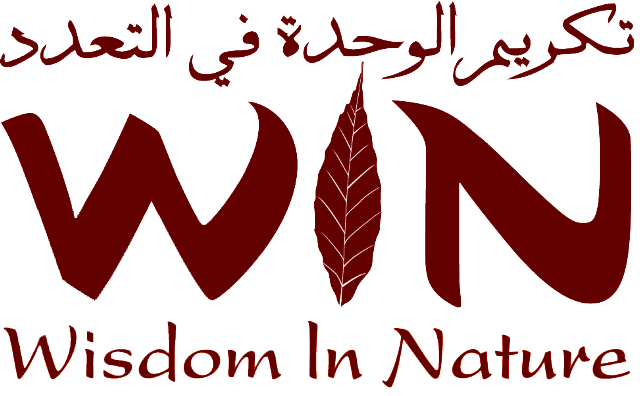Consensus Decision-Making (CDM) at home
Can you be too young to try using consensus decision-making (CDM)? Recently I facilitated a four and three year old to decide on a joint learning activity using consensus decision-making ...
Let’s look at how a CDM meeting to decide a group’s interest-led learning project may go.
Taking the role of facilitator, gather everyone in a comfortable, equal environment (a circle is good). Have large pieces of paper ready for visible note-taking (including in pictures for non-readers). Note everything!
Go round asking to hear reflections from everyone about the previous group project, with a question beginning, “What was good about ... ?” Then go round asking everyone to share their interests for a group learning project. Read out all the noted ideas and ask, “Does anything else need to be there?” (and add as necessary).
Next circle overlaps in interests, draw links between interests and facilitate discussion around shared interests. Listen closely. (Children of) all ages can be encouraged to talk about why they hold their interests and why they are currently important to them. Try to discover key concerns. People's key concerns are imperative to the solution, which is a project that everyone wants to do. Perhaps ask, “What are the best bits about doing that?” In the answers you may discover several interests that can be woven together into one creative project.
When making links between interests, get consent, for example, “Is it true that there is a link between 'being outside’ and 'rocks and rivers’ and that there could be a link with 'measuring’? ... Thinking about making a group project, are we all okay to group these three as a common interest?” If people offer proposals for group projects now or at any stage, note them down.
Having found common interests, facilitate the group to let go of the individual or irrelevant interests, with direct questions like, “Is this the right season for that?” and, “Does it matter whether you pursue this interest on your own or in a group?” Score out irrelevant interests/ highlight relevant ones.
Now you have got a collection of common interests that may include proposals for group projects. Facilitate discussion about the pros and cons of pursuing these common interests, listen closely for people’s key concerns, and use questions to facilitate creative ideas to emerge and be shaped into clear project proposals. Young children may want to agree on one project unanimously without much discussion - just gently facilitate them to explore finding the most acceptable proposal to everyone. When everyone agrees on the project, you can go on to facilitating the group to plan the action to be taken, who will take it and when.
Older children and adults may choose to use the CDM tool through to the final decision. They can 'vote’ by agreeing fully, agreeing with reservations, pulling out of the project or blocking the proposal. In this case, I strongly recommend further reading about the CDM process and facilitation (see below).
You and your family can find your own models for CDM and in the process get to know each other better as individuals with different individual interests, and as group members with different strengths and role tendencies, and everyone will get the most out of themselves and each other.
CDM is a deeply democratic process. If it is a process you want to see in the world, you can make part of that world in your home too!...
What did the children choose on this occasion? Painting.
Useful reading about CDM and facilitation of groups:
http://www.seedsforchange.org.uk/
http://www.rhizome.coop/
http://transitionculture.org/2011/11/01/new-from-transition-network-a-guide-to-embedding-diversity-and-inclusion-in-transition/
Useful reading about beginning to home educate:
‘The First Year of Homeschooling Your Child’ by Linda Dobson
Elizabeth Lymer
(This article was published in SISTERS Magazine, Aug 2013 http://www.sisters-magazine.com)


